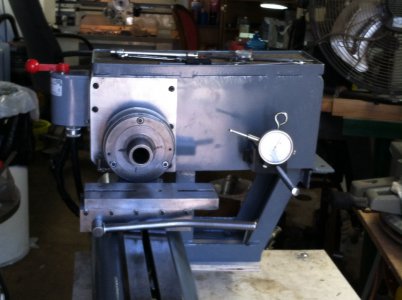- Joined
- Aug 19, 2014
- Messages
- 76
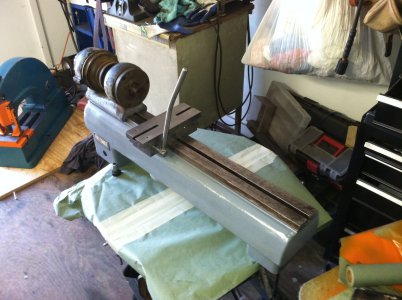 A friend of mine showed me an old piece that he has had several years. Something that was sold out of a small rebuild factory after it closed down. I ended talking him out of it and have cleaned up the bed and other pieces, while still working to disassemble the spindle. The piece looks "lathe like" in appearance in that it has a bed, a type of cross slide, and a spindle. It is branded "Hardinge" with a serial number on the spindle frame. The "cross slide" is able to slide on the ways of the bed, by loosening a wheel below that draws the slide down against the bed. A lever causes the cross slide to move across the bed about 3.25 inches using a small gear working against a rack gear on the bottom of the slide. There is the remnants of what I'm told is a collet closer, although I am very much a neophyte about such things. (My experience is limited to my 9X20 Jet). Is there anyone who can tell me (1) what was this piece originally, (2) is it worth looking for the missing parts and (3) what a hobbyist could make out of it. I am posting pics of the piece to help identify.
A friend of mine showed me an old piece that he has had several years. Something that was sold out of a small rebuild factory after it closed down. I ended talking him out of it and have cleaned up the bed and other pieces, while still working to disassemble the spindle. The piece looks "lathe like" in appearance in that it has a bed, a type of cross slide, and a spindle. It is branded "Hardinge" with a serial number on the spindle frame. The "cross slide" is able to slide on the ways of the bed, by loosening a wheel below that draws the slide down against the bed. A lever causes the cross slide to move across the bed about 3.25 inches using a small gear working against a rack gear on the bottom of the slide. There is the remnants of what I'm told is a collet closer, although I am very much a neophyte about such things. (My experience is limited to my 9X20 Jet). Is there anyone who can tell me (1) what was this piece originally, (2) is it worth looking for the missing parts and (3) what a hobbyist could make out of it. I am posting pics of the piece to help identify. 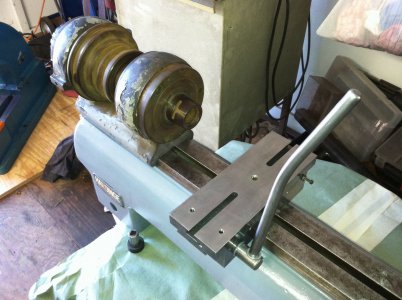
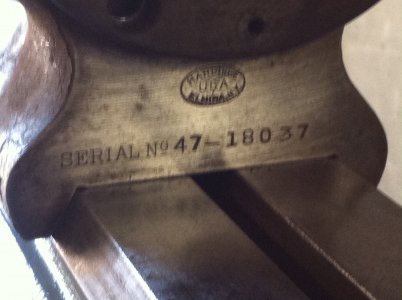
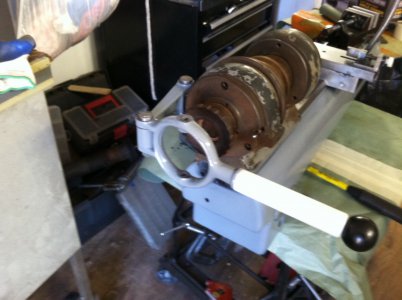
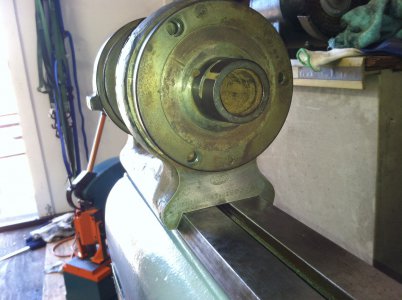
Last edited:

